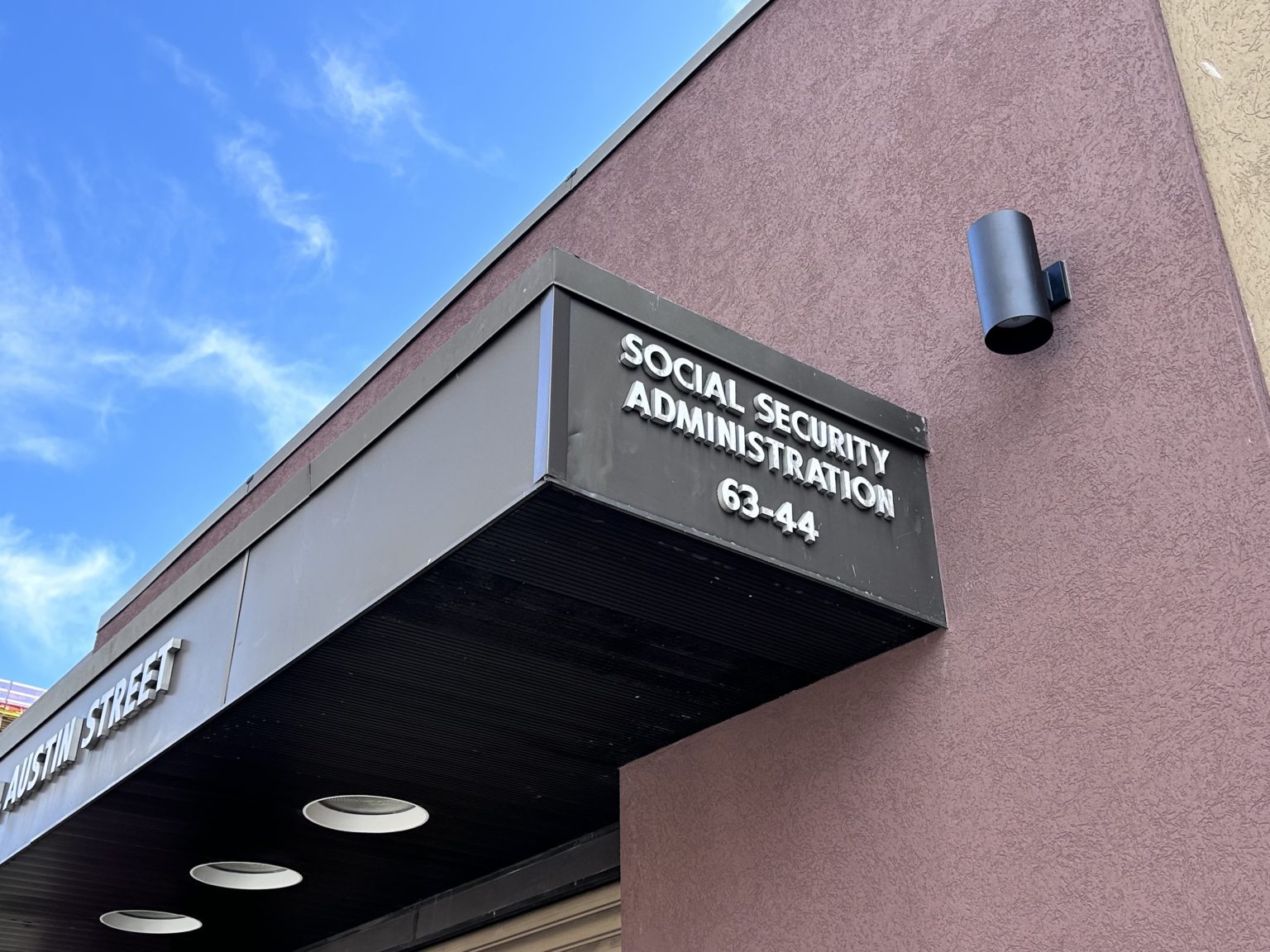In March, there were about 7.27 million recipients of federal payments from the Social Security Administration, a decline of about 13,500 compared to the prior month. Recipients qualifying based on age were close to 1.115 million, slightly more than in February, while those considered blind and disabled who receive benefits declined to 6.156 million. The under-18 recipients fell to about 982,000, and for those in the 18-to-64 age bracket, the total was 3.96 million, a slight drop from February. Those 65 or older totaled about 2.328 million in March, higher than the February figure.
The reason for the decline in the overall number of people receiving federal payments is unclear, and Newsweek reached out to the Social Security office for comment. Meanwhile, it has been reported that retirees may receive an improved income from the Social Security agency with a forecasted 3 percent cost-of-living adjustment for 2025, in response to elevated inflation. Inflation in the U.S. has remained high, with the Consumer Price Index rising to 9 percent in June 2022. The Federal Reserve has raised borrowing costs to slow spending in an effort to combat inflation, which has since slowed to 3.5 percent in March.
Some experts question whether the 3 percent cost-of-living adjustment will be sufficient to address the high prices Americans are facing for goods and services. Finance expert Michael Ryan expressed concern that seniors are already struggling to afford basic necessities like healthcare, food, and housing, and that while the increase may provide some relief, it may not fully protect their purchasing power. The increase in Social Security payments is seen as a response to the impact of inflation on retirees, who rely on these payments for daily expenses.
With millions of older Americans depending on Social Security payments for their daily expenses, the news of a potential 3 percent cost-of-living adjustment for 2025 is significant. The adjustment is higher than expected by some, who had estimated it to be about 2 percent. In the face of elevated inflation levels, the increase in Social Security payments is aimed at helping retirees cope with rising costs. However, there is concern among analysts that the adjustment may not be sufficient to truly alleviate the financial strain many seniors are experiencing due to high prices.


